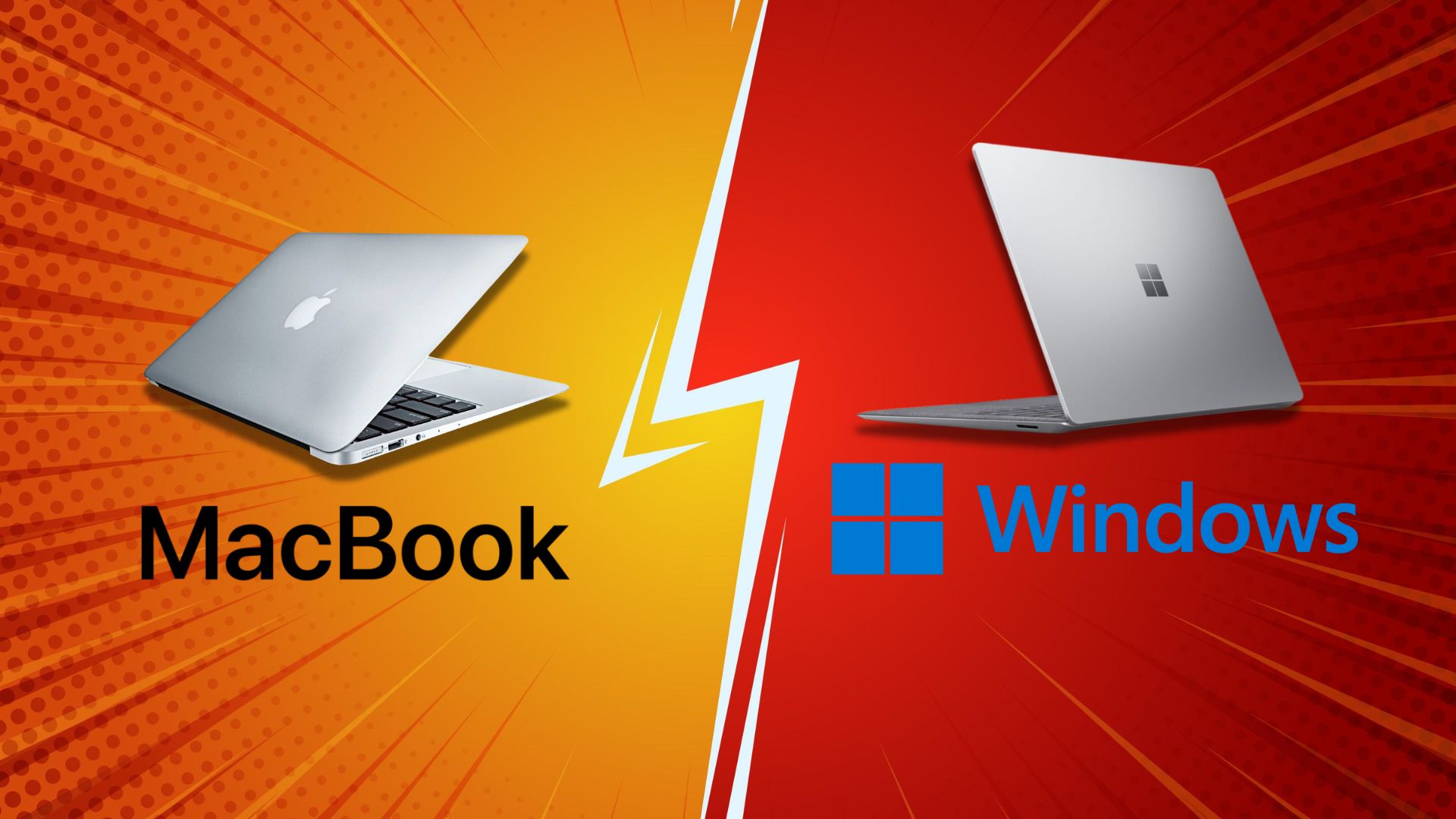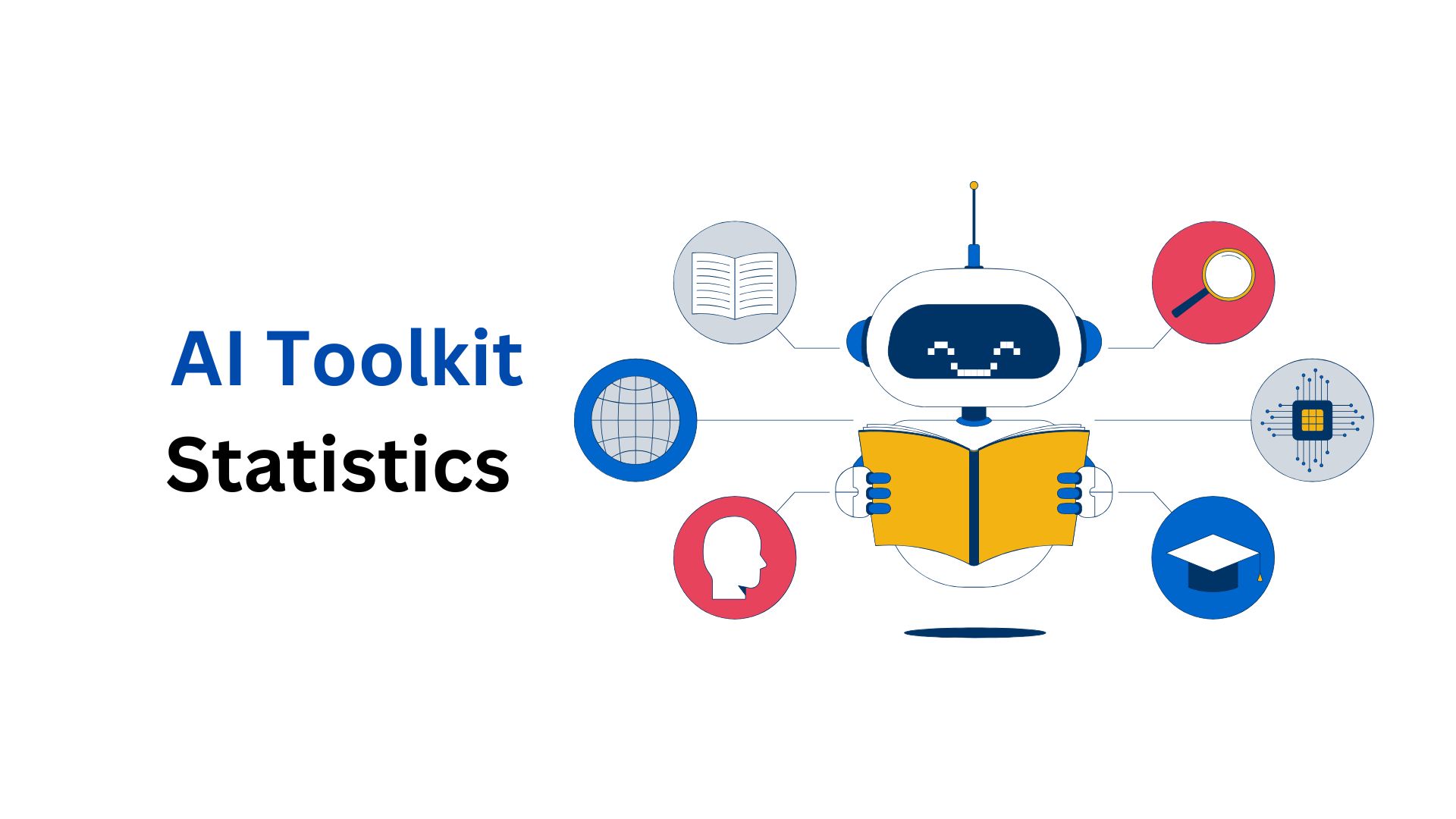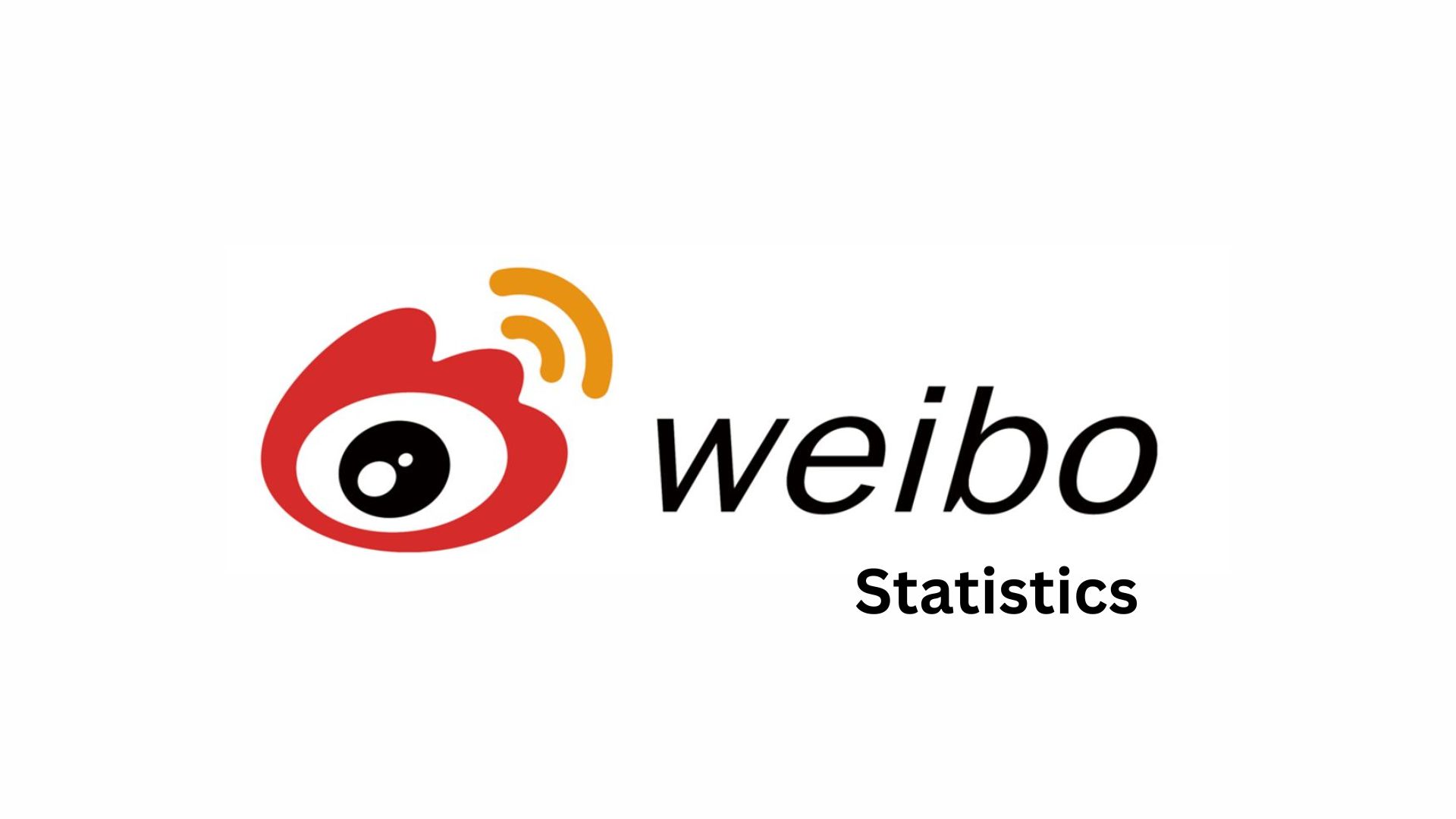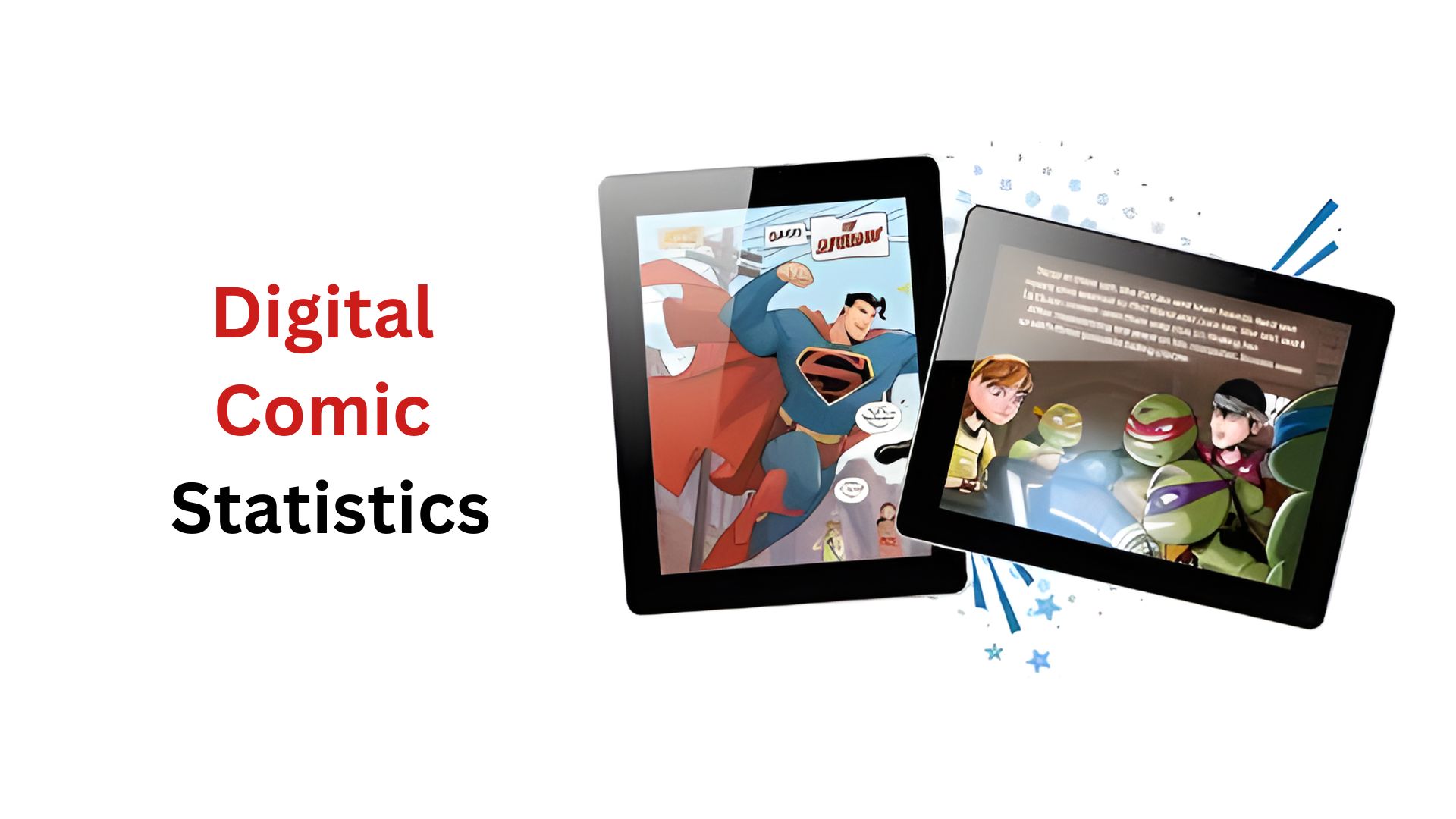MacBook Vs Windows Laptop Statistics By Revenue, Market Share And Facts (2025)
Updated · Aug 30, 2025

Table of Contents
Introduction
MacBook Vs Windows Laptop Statistics: In 2024, Windows laptops maintain the lion’s share in the market, yet Apple’s MacBook range continues its strong growth. This article digs into the latest stats of the laptop ecosystem, depicting a scenario of market share, unit shipments, average prices, system preference, performance trends, ecosystem loyalty, and consumer behaviour.
We present a data-driven basis of MacBook vs Windows Laptop statistics, leveraging hard numbers (e.g., sales figures, percentages, dollar amounts) and citing reputable sources. The intent is to furnish a multi-dimensional view of how MacBooks stand vis-à-vis Windows laptops in today’s scenario.
Editor’s Choice
- Windows still retains a major market share of desktops and laptops across the world at 68.27%, with macOS following at 14.26%, but macOS dominates in the U.S., accounting for 31.94% of market share.
- Apple’s Mac segment grossed nearly US$7.5 billion in Q1 2024, registering a year-over-year growth of 20.6%, capturing the premium-price segment with the 15-inch MacBook Air powered by M2.
- The revenue stream from Windows laptops is bigger due to higher volumes and diversification of brands, accounting for the global PC market worth US$127.6 billion in 2023 and dominated by HP, Dell, Lenovo, and ASUS.
- Average selling prices for MacBooks range from US$999 to US$2,500 and beyond, while Windows laptops average US$500 to US$1,200, but the introduction of AI-powered models is pushing those prices higher.
- Apple shipping fewer quantities but earning greater revenue per unit: just 2.4 million Macs in Q2 2023, against nearly 5 million units each of Dell and HP.
- The HP was the most preferred laptop brand by 32% of users, followed by Apple at 28%, and Dell at 24%, highlighting the popularity of MacBooks in the premium segments.
- The advent of AI-powered Copilot+ PCs being offered on Snapdragon X Elite processors brings significant innovation in Windows laptops in 2024 that will also boost performance and battery life.
- Offering up to 60% faster performance compared to M1, MacBook Air M3 gives 18 hours of battery life, weighs 2.7 lbs, and starts at US$1,299.
| Company | Q2 2023 Shipments | Market Share |
Year-Over-Year Growth
|
| Dell | 4.85 million | 26.7% | -12.9% |
| HP Inc. | 4.84 million | 26.7% | 6.1% |
| Lenovo | 3 million | 16.8% | -9.2% |
| Apple | 2.4 million | 13.3% | -2.9% |
| Acer | 1.07 million | 5.9% | -20.3% |
| ASUS | 523 thousand | 2.9% | -36.7% |
| Others | 1.4 million | 7.7% | -18.1% |
(Source: fortunly.com)
- According to Fortunly, MacBook vs Windows Laptop statistics state that Windows still claims widespread popularity for desktop and laptop spaces, with an impressive market share of 68.27% as of 2025.
- MacOS, on the other hand, is the second-largest in terms of users, grabbing a little over 14% of the global market. Though these two giants continue to dictate the market, other operating systems have been gaining ground here and there.
- ChromeOS, lightweight and cloud-centric, has grown to about 3.8% share, with the Linux offerings tallying up to around 3%. It is a different story in the United States, though.
- Windows has been weathering quite a fall, losing over 10% in prospective share since early 2022. In stark contrast to this is Apple’s macOS, which has soared high, now occupying a 31.94% share of the U.S. desktop and laptop market.
- ChromeOS is more common in the U.S. as well, becoming 4.1% popular. These shifts show a regional variation in consumer behaviour, in the influence of the education sector, and in device preferences.
MacBook Vs Windows Laptop Revenue
- In 2024, the revenue dynamics between MacBooks and Windows laptops will have a clear difference in price strategy and market volume.
- According to Apple’s quarterly earnings report, Apple’s revenue from the Mac segment shot to US$7.5 billion during Q1 2024, an increase of 20.6% year over year.
- Sales of this revenue were greatly driven by the launch of the 15-inch MacBook Air with M2, plus the increased demand during back-to-school and holiday seasons. Because of higher ASP, Apple earns more revenue per unit compared to Windows manufacturers, which presumably range between US$999 and over US$2,500 for different models and configurations.
- On the other hand, the combined income generated globally through Windows laptop sales reaches much higher figures, but is divided among a larger number of brands and models with wider price ranges.
- According to the data provided by IDC and Canalys, MacBook vs Windows Laptop statistics show that the global PC market, including desktops and laptops, was worth US$127.6 billion in 2023.
- Out of this, the Windows laptop market holds a dominant share, supported by the likes of HP, Dell, Lenovo, ASUS, etc.
- Whereas HP reported US$6.4 billion revenue from Personal Systems in Q1 2024, Dell’s Client Solutions Group has pulled in over US$10.3 billion, which means a major chunk comes from the Windows-powered devices.
- Windows laptops typically pay ASP with average ASP expected to vary from US$500 to US$1,200, depending on the segment of the market considered.
- However, with the entrance of AI-powered Copilot+ PCs starting at US$999 in 2024, the uplift of average price continues further higher to the level of premium MacBooks.
- In terms of upscale revenue efficiency per unit, Apple still leads. For instance, Apple’s sale of only 2.4 million Mac units in Q2 2023 may be overshadowed by the shipment of nearly 5 million units by each Dell and HP; however, due to premiumisation, Apple was able to match or exceed the revenues of these companies in some of these quarters.
- In the United States and other select markets, Apple records a significant share while high-end laptop sales revenue is concerned, with Statista and Counterpoint Research noting that MacBooks make up for over 50% of premium (US$1,000+) laptop purchases.
- On a global scale, macOS has about 9.4% of the share, but it outsizes its contribution to industry profits because of being an upscale market.
- On the other hand, Windows reigns by volume, especially in education, enterprise, and emerging markets where such price sensitivity exists.
MacBook Vs Windows Laptops Popularity

(Source: visualcapitalist.com)
- As per Visualcaptalist, MacBook vs Windows Laptop statistics show that in a 2024 consumer survey focusing on laptop ownership and preferences, HP stood first, being selected by 32% of respondents. Apple followed immediately with 28%, showing the continued popularity of MacBooks, particularly in the premium segment.
- Dell came in third with 24%, establishing its strong presence as a choice for both consumer and commercial users.
- Acer was selected by 14%, while Lenovo and Samsung each accounted for 12%, demonstrating steady demand for their varied line of Windows-based devices.
- Microsoft has its Surface laptops and tablets favoured by 10% of users, indicative of its niche yet growing presence within high-level productivity.
- ASUS accounted for 9% and is reflected as technically adept in the gaming and ultrabook areas. Holding back its glory days to some extent, Toshiba now competes for the remaining 5%.
- Alienware, which develops high-performance gaming laptops and is owned by Dell, took 4%. Several boutique brands like DigitalStorm, Falcon Northwest, and Huawei hovered at 2% each, usually meeting the demands of gamers and enthusiasts.
- Another 2% goes to MSI according to its gaming credentials. Vaio, a legacy brand that has diminished in visibility, was selected by 1%. 6% of the population cited other brands, whilst 2% could not name the brand of their laptop.
- Quite a few big players and a long tail of niche brands are catering for selected user needs in what seems to be a highly competitive landscape.
MacBook vs Windows Laptop Evolution
Windows
- Among the significant things to have happened in 2024 is the launch of AI-powered personal computers, so-called “Copilot+ PCs.” These new-age computers powered by Snapdragon’s X Elite processors furnish better performance and battery life, with some models claiming an on-screen video playback time of 22 hours with video. It further states AI PC shipments grew by 127% sequentially as of Q2, 2024, denoting strong acceptance of it in the market. AI capabilities not only enhance device performance but also improve user experiences with new possibilities: on-device AI-related tasks, privacy controls, among others.
- 2024 would be seen as a renaissance year for Windows on ARM, when Microsoft revived ARM-based devices powered by Qualcomm’s Snapdragon X Elite systems. These ARM-based laptops now offer better app compatibility and performance, standing up against the dominance of the traditional x86-based systems. By launching ARM-based devices, the laptop market has been rejuvenated, providing consumers with more choices and building competition among hardware makers.
- In 2024, emphasis on premium user experience was further reiterated, with a focus on delivering high-performance devices that have sleek designs and longer battery life. For example, launched in March 2024, the Lenovo ThinkPad X1 Carbon Gen 12 is the world’s first laptop with Intel’s Core Ultra processors, featuring up to 64 GB of LPDDR5x memory and a 2880×1800 OLED display. These are the sorts of things that will appeal to professionals and power users needing premium performance and looks.
MacBook
- The Apple MacBook Air with an M3 chip features a 13.6-inch Liquid Retina display, with performance capabilities up to 60% faster than the previous generation with the M1 chip. Battery life is rated at up to 18 hours, and it weighs only 2.7 pounds. Starting from US$1,299, this laptop is appreciated for its fanless design, excellent performance, and long battery life.
- The Apple MacBook Pro with the M3 chip, in its 14-inch version, has a 14.2-inch Liquid Retina XDR display. It can perform demanding tasks such as editing videos and gaming with up to 22 hours of battery life. This model weighs 3.4 pounds and starts from US$1,599. It provides ample power in a very compact form.
- The bigger 16-inch Apple MacBook Pro features a 16.2-inch Liquid Retina XDR display and is made for professionals who really demand high performance. It also offers up to 22 hours of battery and weighs 4.7 pounds. Starting at US$2,499, this model is known for its large screen, powerful performance, and long battery life.
Conclusion
MacBook vs Windows Laptop statistics: Windows laptops continue to garner volume and market-share dominance in 2024. However, MacBooks are having one of the most impressive growth spurts I have seen in a long time. Mac is preferred for premium hardware and seamless ecosystem, combined with Apple’s efficient M series. Windows has long been the more flexible, compatible, and workhorse system, which is now flooded with good AI-powered devices starting at US$999.
Price against performance, ecosystem preference, and user consideration: these are the deciding factors. With the rapid change of both sides with the rise of AI and advances in design, the market in 2025 sees impartiality in battery life, functionality, and user experience.
Sources
FAQ.
Windows still held the impregnable dominant position of 68.27% in market share for the combined desktop and laptop as of 2025. In contrast, Apple for macOS stands way below at 14.26%, with macOS being stronger in the U.S. with 31.94% market share.
Apple Mac segment grossed about US$7.5 billion in Q1 2024 with a year-over-year growth of 20.6% due mainly to premium pricing and product launches. Windows laptops earn more in revenues overall due to volume, with the global PC market valued at US$127.6 billion in 2023. The revenue is mostly earned by the top brands such as HP, Dell, Lenovo, and ASUS.
Depending on the configuration and model, MacBooks go from US$999 to over US$2,500, whereas Windows laptops average around US$500 to US$1,200. The new AI-powered Windows models, beginning at US$999, have raised prices, trying to come head-to-head with MacBooks.
HP ranks at the top with 32% user preference, followed by Apple with 28%, Dell with 24%, Acer with 14%, Lenovo and Samsung at 12% each, and Microsoft Surface at 10%. MacBooks by Apple continue to be preferred in the premium segment.
Launch of AI-powered Copilot+ PCs with Snapdragon X Elite processors in Windows, featuring improvements in performance and battery life, and also used for the revival of ARM-based laptops. Release of MacBook Air and MacBook Pro models with M3 chips capable of giving major performance boosts, long battery life, and extremely light form factors.

Maitrayee Dey has a background in Electrical Engineering and has worked in various technical roles before transitioning to writing. Specializing in technology and Artificial Intelligence, she has served as an Academic Research Analyst and Freelance Writer, particularly focusing on education and healthcare in Australia. Maitrayee's lifelong passions for writing and painting led her to pursue a full-time writing career. She is also the creator of a cooking YouTube channel, where she shares her culinary adventures. At Smartphone Thoughts, Maitrayee brings her expertise in technology to provide in-depth smartphone reviews and app-related statistics, making complex topics easy to understand for all readers.










